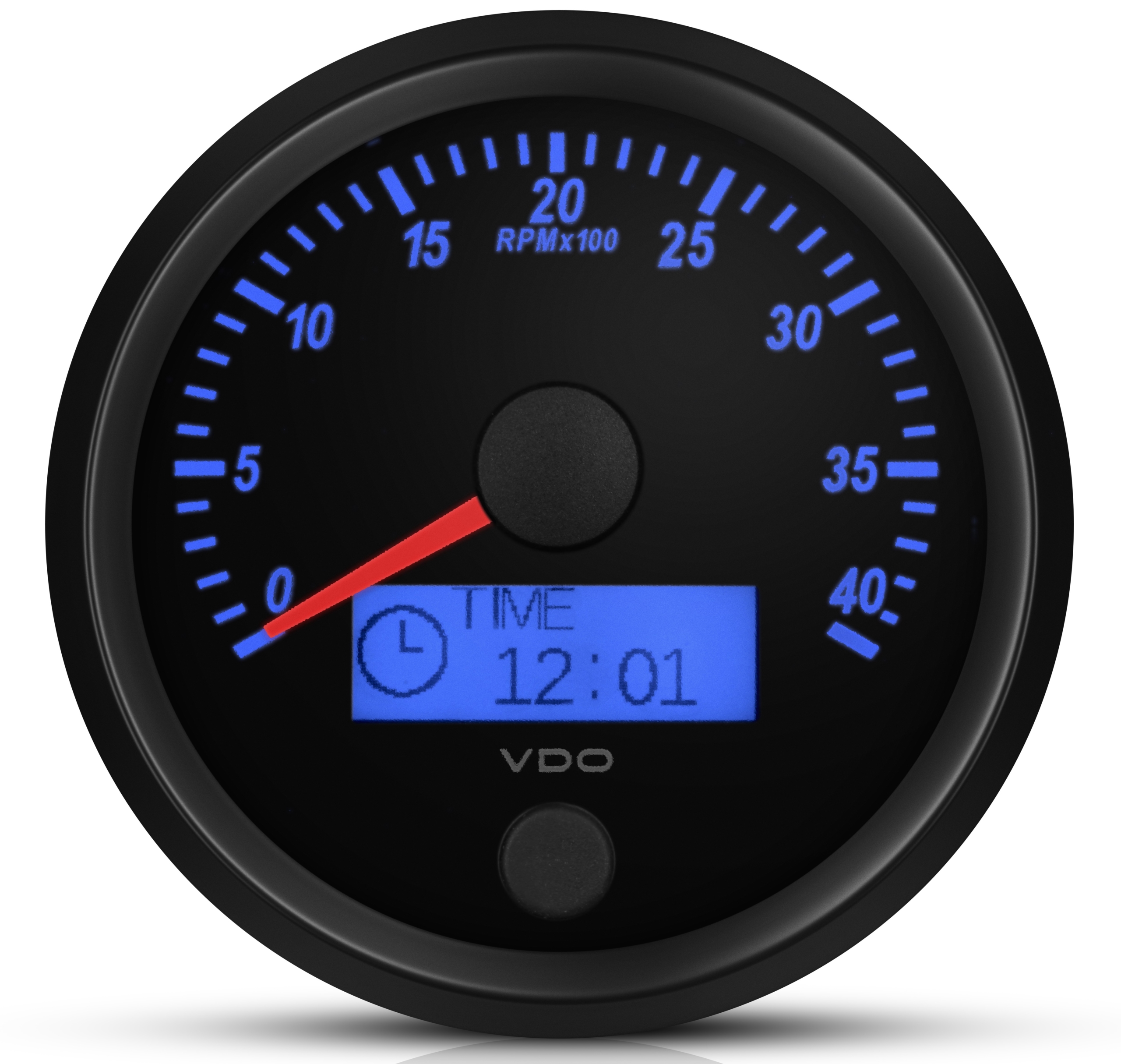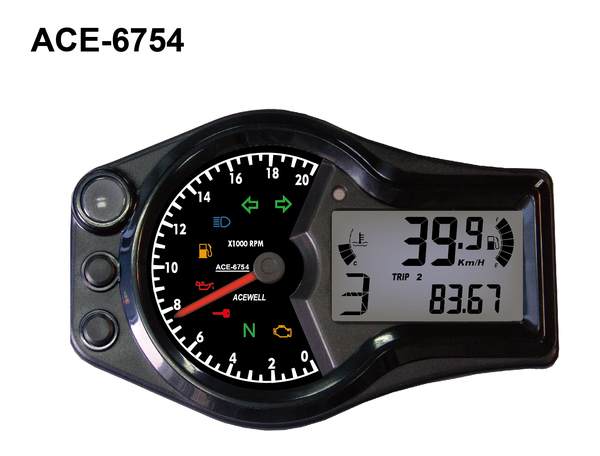Discover Exactly How a Tachometer Can Improve Your Car's Performance
Discover Exactly How a Tachometer Can Improve Your Car's Performance
Blog Article
Opening the Keys of Tachometers: Every Little Thing You Required to Know Regarding This Crucial Instrument in Your Vehicle
Understanding the intricacies of tachometers can give beneficial understandings into your car's performance and upkeep demands. From determining engine speed to deciphering the information it provides, tachometers function as an essential device for automobile owners and enthusiasts alike. By untangling the secrets behind this vital instrument, you can open a riches of information that can boost your driving experience and make sure the longevity of your lorry.
Value of Tachometers
The importance of tachometers depends on their capability to provide critical real-time information about an engine's rotational rate, enabling specific tracking and upkeep of machinery. By gauging the transformations per min (RPM) of an engine's crankshaft, tachometers use valuable understandings into the engine's efficiency - tachometer. This information is vital for ensuring that the engine runs within its optimal variety, staying clear of prospective damages from over-revving or underperforming
Tachometers play an important duty in helping drivers and technicians find any anomalies in the engine's rate, which could suggest concerns such as fuel ineffectiveness, mechanical troubles, or excessive stress on the engine. By without delay identifying these problems via tachometer readings, maintenance can be done proactively, preventing expensive repair services and downtime over time.
Furthermore, tachometers are especially critical in high-performance cars and machinery, where exact control over engine rate is necessary for optimal operation. Competing cars, aircraft, and industrial devices count on tachometers to supply peak efficiency while keeping safety standards. Basically, tachometers are not just instruments for determining rate however vital devices for ensuring the smooth and efficient operation of engines across different applications.
How Tachometers Measure Engine Speed
Using sensors that detect the regularity of electrical pulses generated by the engine's ignition system, tachometers properly determine the rotational rate of an engine. By monitoring the price at which these pulses are received, tachometers provide real-time responses on how quickly the engine's crankshaft is revolving per min, frequently referred to as revolutions per min (RPM)
The tachometer's sensor, frequently attached to the engine's ignition coil or ignition system wires, gets the electrical signals generated each time a cylinder fires. These signals are after that converted right into RPM readings showed on the gauge or instrument collection within the chauffeur's sight. Tachometers can be analog or digital, with modern-day cars generally featuring electronic displays for exact and instantaneous RPM analyses.
This details is important for drivers to comprehend the engine's efficiency, prevent over-revving, enhance equipment shifting, and make sure reliable fuel usage. By properly measuring engine speed, tachometers play an essential role in assisting vehicle drivers operate their cars securely and successfully.
Interpreting Tachometer Readings
Having a clear understanding of how tachometers gauge engine rate sets the foundation for properly analyzing the RPM analyses displayed. Interpreting tachometer analyses is essential for optimal lorry efficiency and engine health. When the engine is idling, the tachometer needle typically relaxes around 600-1000 RPM, depending on the lorry.


Tips for Utilizing Tachometers Effectively
To boost driving efficiency and maximize engine performance, what trick methods can be implemented for properly using tachometers? Tachometers are essential devices that offer real-time responses on engine speed, making it possible for chauffeurs to make enlightened decisions for much better performance - tachometer. Here are some suggestions for using tachometers effectively:
Recognizing Optimum RPM Variety: Acquaint yourself with the optimum RPM (Revolutions Per Minute) variety for your vehicle. This array ranges various automobiles and is generally shown in the proprietor's manual. Keeping the engine within this range can improve fuel performance and prolong the engine's life expectancy.
Moving Equipments at the Correct Time: Utilize the tachometer to figure out the most effective time to shift equipments. Upshifting as well very early or far too late next can result in reduced effectiveness and efficiency. Objective to move equipments when the RPM gets to the optimal array for the following gear.
Keeping Track Of Engine Anxiety: High RPMs for long term durations can stress the engine. Maintain an eye on the tachometer to stop over-revving, especially during velocity or when lugging hefty lots.
Tachometers and Vehicle Upkeep
When considering car maintenance, tachometers play an important role in monitoring engine efficiency and identifying possible problems. Tachometers offer important data on engine rate, enabling chauffeurs and mechanics to make certain that the engine is running within the suggested RPM range. Routinely monitoring the tachometer analyses can help identify troubles such as engine misfires, worn-out trigger plugs, or try these out concerns with the fuel distribution system. By taking notice of the tachometer, chauffeurs can prevent extreme strain on the engine, which can bring about expensive repairs down the line.
In enhancement to spotting possible issues, tachometers can likewise assist in enhancing gas efficiency. By keeping the engine rate within the optimal variety, vehicle drivers can improve their gas mileage and minimize gas consumption. This not directory only profits the vehicle driver's purse yet additionally adds to ecological preservation by lowering dangerous exhausts.
Final Thought

Report this page